You can access a recording of this post here
Plant foods rock - rich in phytonutrients, providing innumerable nutritive, healing and protective benefits. What’s there not to love. Eating a diet high in these healing plant compounds has many beneficial effects in the body including:
Supporting liver health and detoxification, gut health and immunity, mitochondrial function, cardiovascular health, cognitive function and brain health. Improving cholesterol, blood sugars and insulin sensitivity. Reducing blood pressure. Reducing oxidative stress, inflammation and the risk of chronic disease. Protecting the bones, the eyes, the kidneys and the vascular system. Deactivating carcinogens and protecting our DNA.
While there are many well researched phytonutrients and healing plant compounds, there are many more still that have not been studied or even identified. The interesting thing about these plant compounds is that their effects are additive and synergistic – meaning they work best when consumed together with other phytonutrients. And that the vast array of nutrients in food have much greater benefit when consumed in the form of food itself versus an extract or supplement form of the nutrient. And that these phytonutrients work best when consumed together with all the other nutrients naturally occurring in that food……together with all the other nutrients in all the other foods we are eating.
So, as omnivores we are meant to eat a wide variety of foods.
Our genetics have evolved for hundreds of thousands of years consuming a very wide variety of especially plant foods. We have co-evolved with the plant world, with the natural world directly. The intricate response of our physiology to the vast array of plant compounds is phenomenal. They interact with our physiology in ways we could have never imagined.
Our bodies depend on this wide array of plant foods to maintain optimal health. If we truly want to access nature’s medicine cabinet - we need to start with what we are putting on our plates.
Optimal intake of these plant foods seems to be about 5 servings a day. One serving is equivalent to one cup raw vegetables, 1/2 cup cooked vegetables or two cups raw leafy greens. Don’t be intimidated by these amounts. Every bit you add in makes a difference.
Some of the most well researched phytonutrients include:
Allicin, Anthocyanidins, Carotenoids, EGCG, Ellagic acid. Eugenol, Flavonoids, Glucosinolates, Hesperidin, Indoles, Isoflavones, Lutein, Lycopene, Phenolic compounds, Quercetin, Resveratrol, Sulphoraphane, Tannins, Zeaxanthin.
Many of these plant compounds are bright in colour. One of the easiest ways to get more phytonutrients in our diet is to eat a rainbow of colour every day. As you will see from the food lists below, there are plenty of super foods that are not necessarily brightly coloured. So in addition to colour, think variety and abundance.
Different categories of fruits and vegetables offer a different array of phytonutrients that have affinities to different organ systems or functions in the body. The cabbage family vegetables and the green and yellow vegetables reduce the risk of cancer more than other fruits and vegetables. Whereas the non-cabbage family vegetables, raw vegetables and citrus fruits have a greater effect on reducing the risk of cardiovascular disease. So include as wide a variety of various food groups as possible.
BERRIES
Blueberries, raspberries, strawberries, red and purple grapes, cranberries, blackberries, elderberries, plums, red and black currants, hawthorne berries, mulberries, gooseberries, hascaps, saskatoon or service berries, rosehips, rowan berries, schisandra and gogi berries
OTHER FRUIT
Apples, crab apples, pears, peaches, apricots, nectarines, plums, cherries, citrus fruits and zest, melons, tropical fruits including bananas, dates, figs, pineapple, papaya, persimmon, pomegranate, mango, passionfruit, acai, acerola, guava, lychee etc
NIGHTSHADE FAMILY OF VEGETABLES
Tomoto, sweet red, yellow and green peppers, hot peppers, eggplant, paprika
ROOT VEGETABLES AND STARCHY VEGETABLES
Pumpkin, carrots, winter squash, potatoes, sweet potatoes, beets, parsnip, rutabaga, various yam, burdock root, taro root, arrowroot, cassava (yucca, manioc), plantain, Jerusalem artichoke, lotus root
CABBAGE FAMILY and CABBAGE FAMILY GREENS
Kale, broccoli, Brussels sprouts, cabbage, cauliflower, collards, arugula, all radishes including daikon, horseradish, bok choy, kohlrabi, mustard greens, rapini, rutabagas, turnip and turnip greens, watercress
OTHER LEAFY GREENS
Endive, escarole, salad greens including romaine and red and green leaf lettuce, dandelion greens. High oxalate greens are very nutrient dense but may cause problems for some people so be careful if you eat large amounts: spinach, beet greens, chard, sorrel (lambs quarter, purslane). Traditionally high oxalate greens were often boiled in large volumes of water before being eaten which significantly reduces oxalate levels.
PARSLEY FAMILY OF VEGETABLES
Celery, Parsley, Dill, Cilantro, Fennel, Carrot, Parsnip, Celeriac, Lovage, Sweet Cicely, Angelica, Chervil, Anise, Caraway, Cumin etc
OTHER VEGETABLES
Asparagus, Capers, Olives, Okra, Jicama, Cucumber, Zucchini, Bamboo shoots, Water Chestnuts, Summer squash, Alfalfa Sprouts, Snow Peas, Peas, String Beans
ONION FAMILY
Red and yellow onions, green onions, garlic, leek, shallots, chives, garlic scapes
MUSHROOMS
Culinary mushrooms including white button mushrooms, shiitake, portobello, chanterelle, porcini, morels, maitake. Other mushrooms might include reishi, lion’s mane, turkey tail
LEGUMES
Lentils, chickpeas, great northern beans, black beans, pinto beans, fava beans, white beans, lima beans, cannellini bean, peas, edamame, green and yellow beans
RAW NUTS AND SEEDS
Including flaxseeds, sunflower, pumpkin, sesame, hemp, chia seeds. Walnuts, brazil nuts, chestnuts, almonds, cashews, filberts/hazelnuts, macademia nuts, pecans, pine nuts, pistachios
SEASONINGS, HERBS AND SPICES
Think of fresh garlic, ginger, turmeric, orange peel, preserved lemon, horseradish. Fresh parsley, dill, cilantro, basil, mint, chervil, fennel and celery tops, fenugreek leaf. And of course so many other culinary herbs and spices including rosemary, marjoram, thyme, bay, oregano, tarragon, savory, sage, lemon grass, clove, cinnamon, mustard seed, nutmeg, cumin, coriander, cardamom, fennel, paprika, black pepper, turmeric, saffron, mace, star anise, dill seed, celery seed, curry powder. Herbal teas are another great way to get a variety of plants with their beneficial trace minerals and healing compounds into us. Stay tuned for an upcoming post on this topic.
SEAWEEDS
Seaweeds are an excellent source of iodine, fiber and trace minerals: kelp, wakame, nori, agar, irish moss, kombu, dulse, hijiki
FERMENTED VEGETABLES
There are so many benefits to including fermented foods in our diet. Sauerkraut, kimchi, lacto-fermented sour pickles plus so many more. I will go into more detail on fermented foods in an upcoming post
COFFEE, TEA, COCOA and DARK CHOCOLATE
Yes these foods have very beneficial phytonutrients in them. Be aware that caffeine creates stress in the body so be moderate with caffeine intake, and consume these foods according to your body’s best response. Too many of us are experiencing heightened states of stress where caffeine can be too much. Choose wisely. Choose well. My favourite low caffeine black tea is pu-erh. It allows me all the benefit of tea without the kick of caffeine. Dark chocolate is beneficial in moderation, up to about an ounce a day.




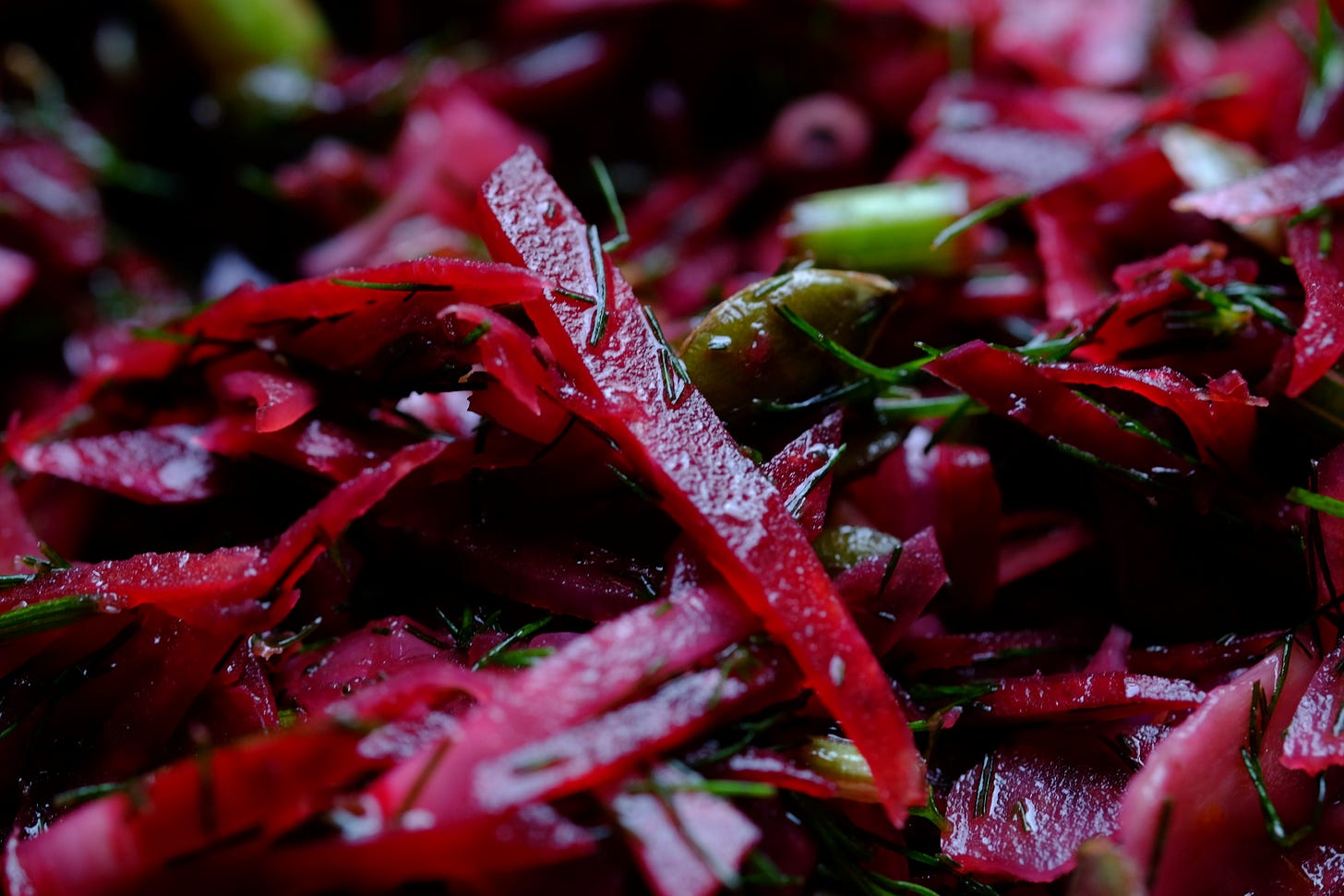

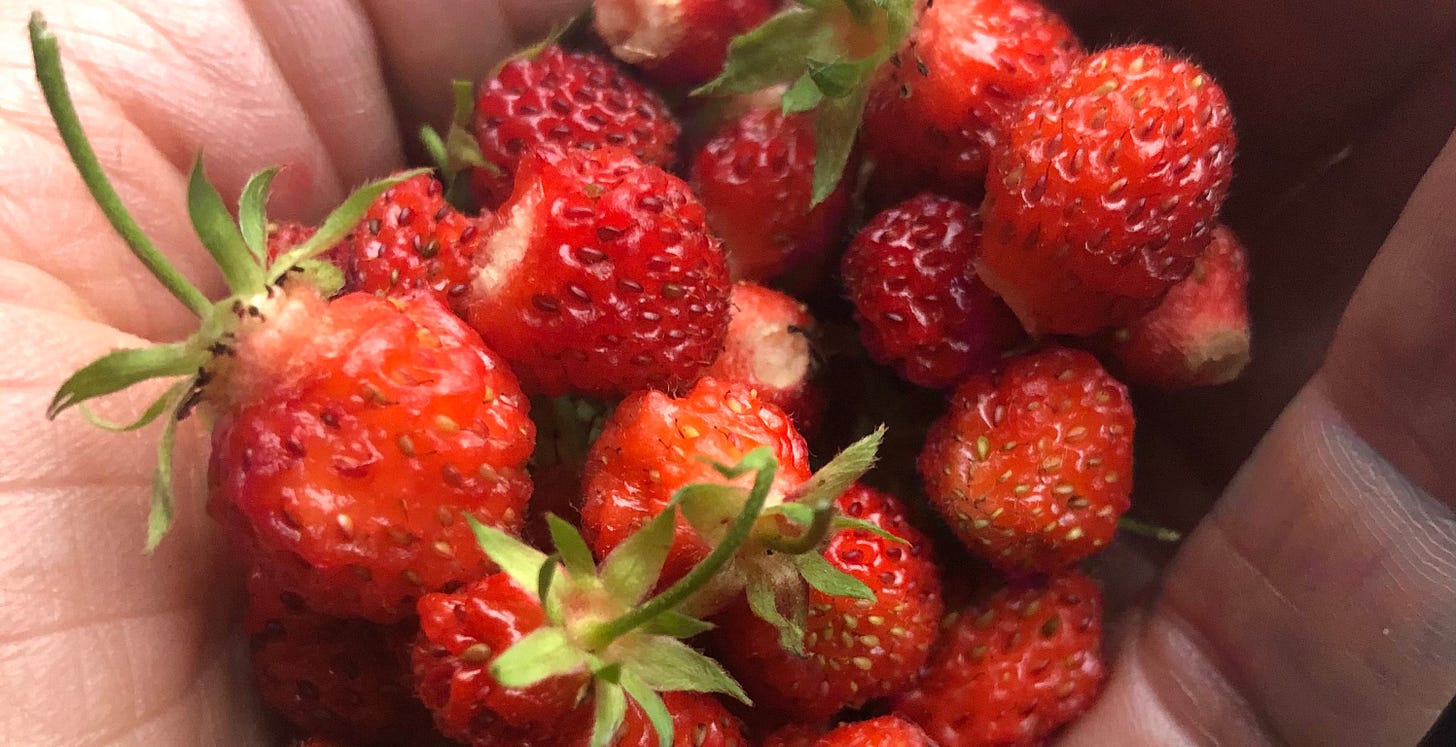

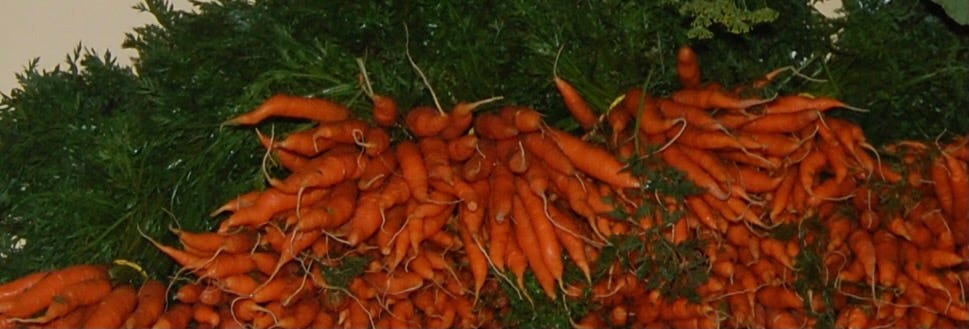
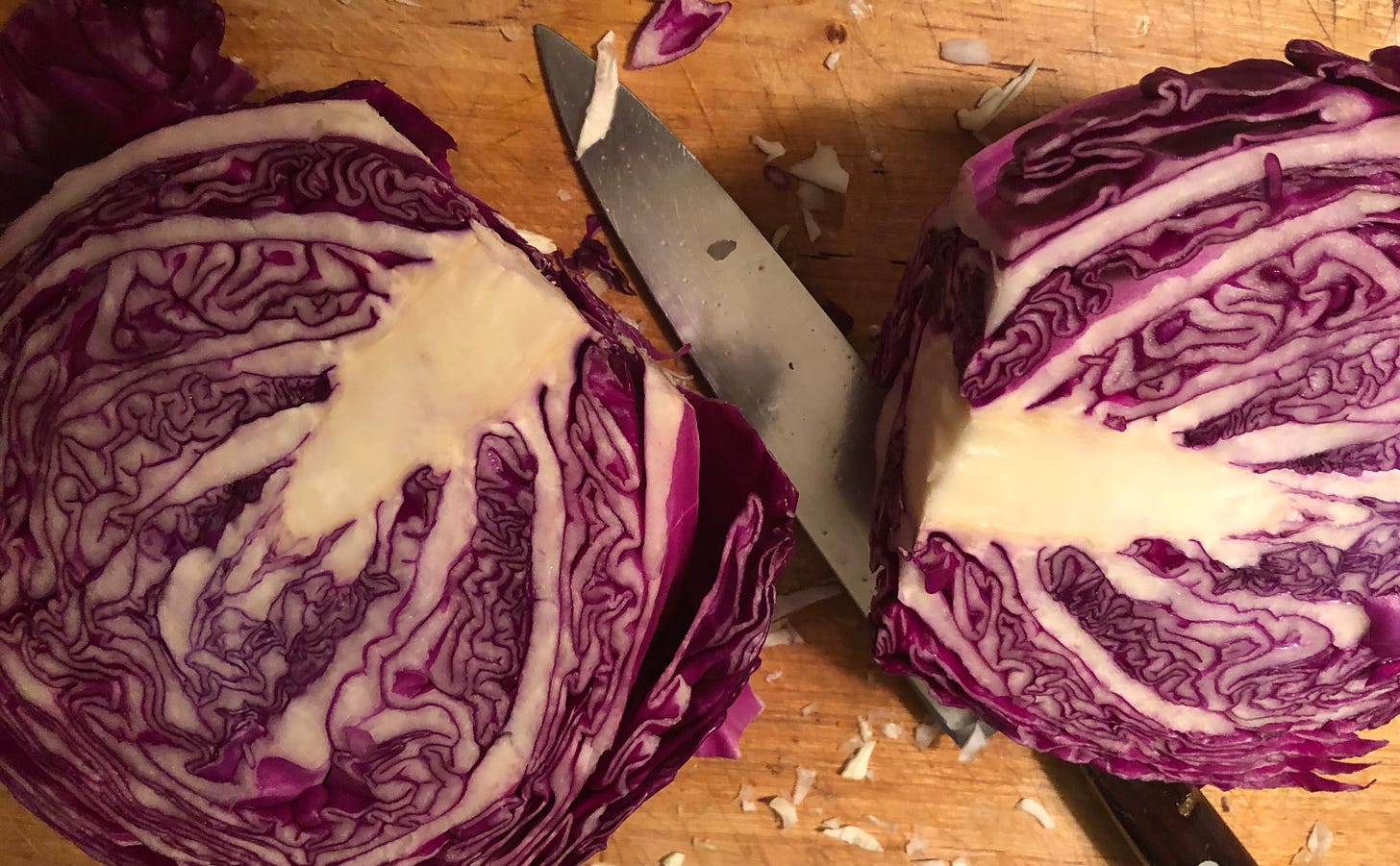

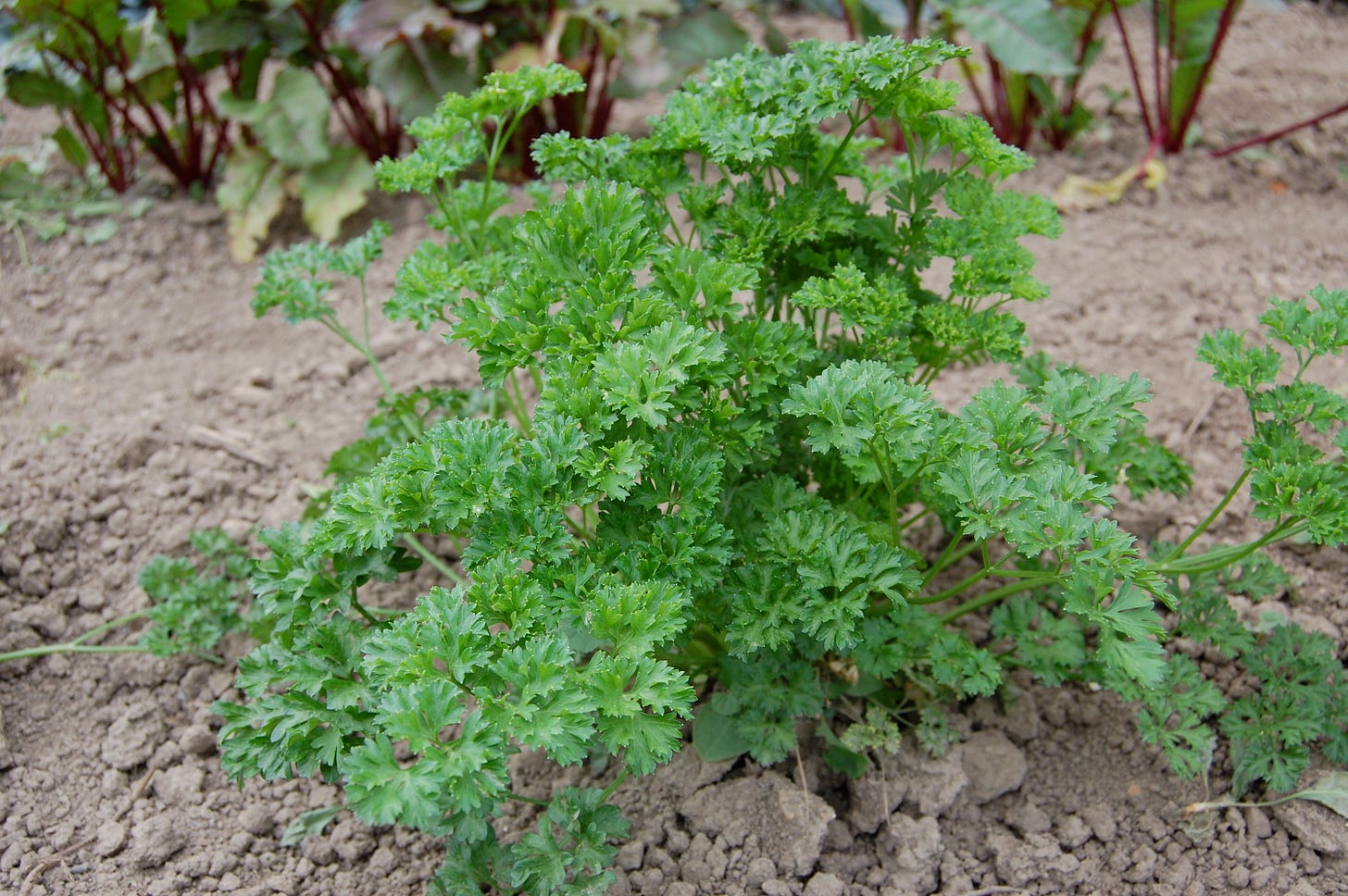
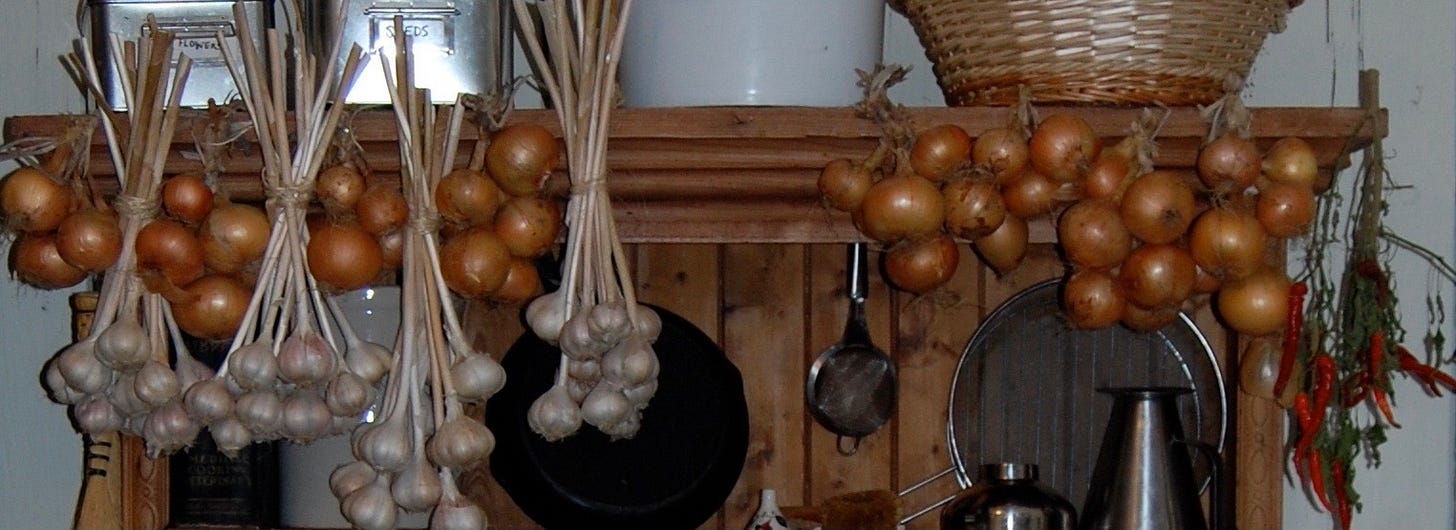
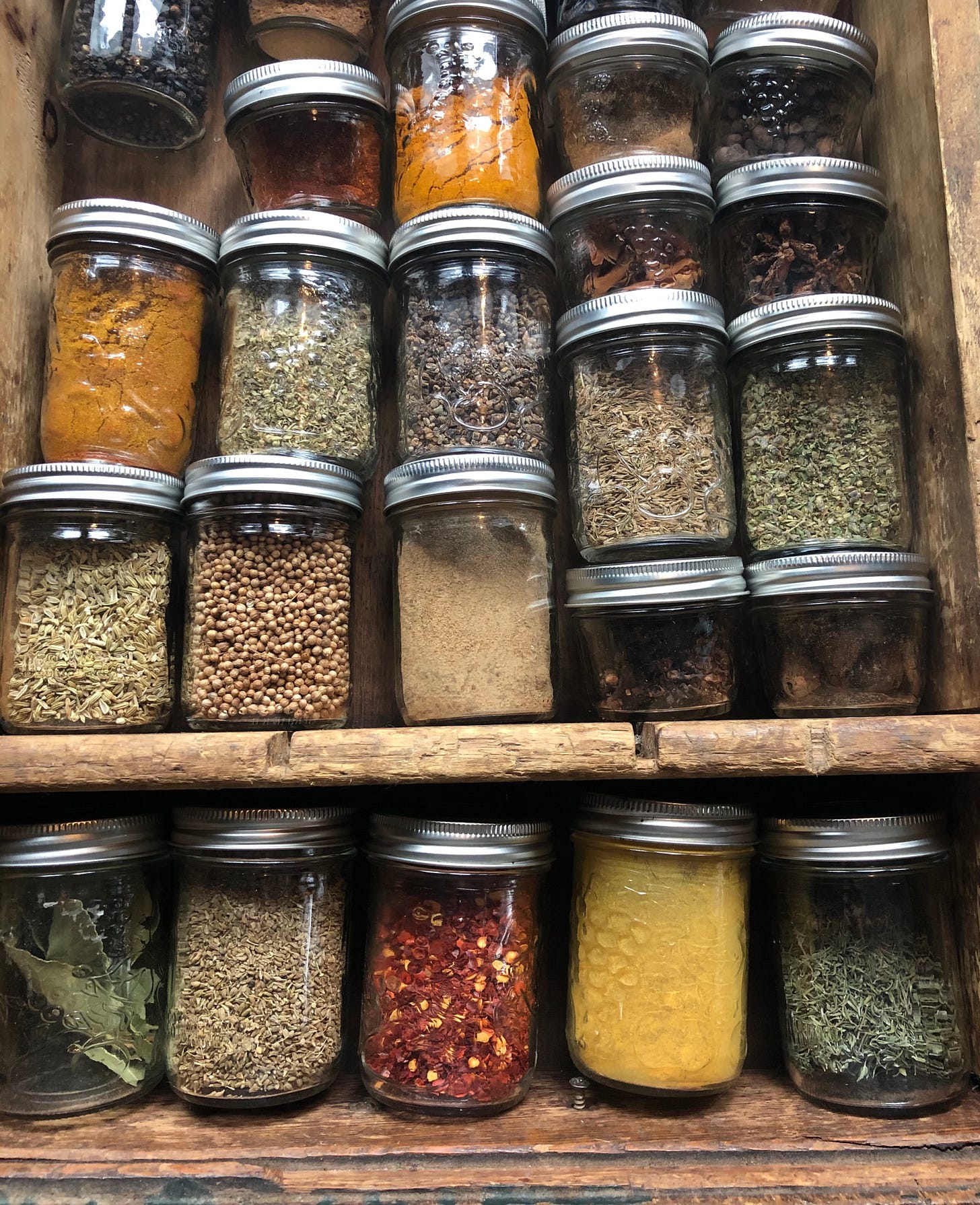

The pickle jars ….tell me about these jars?